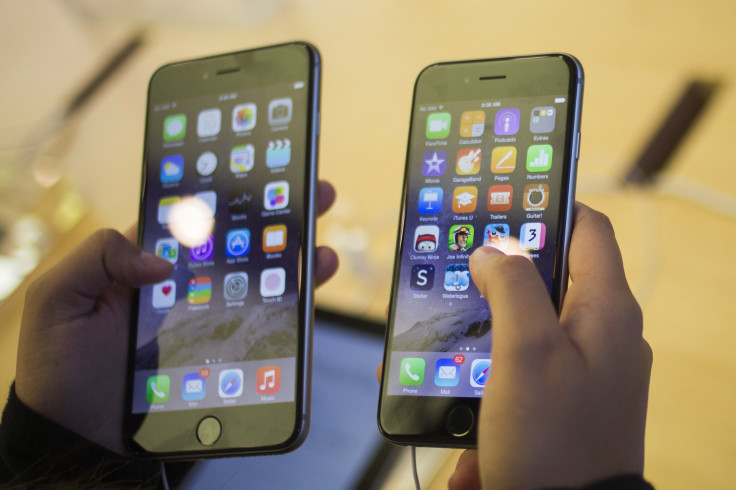iPhone 6 'Error 53': Third-Party Parts Can Render Apple Inc.'s Smartphone Useless

If you broke your Apple iPhone 6 display and replaced it with a third-party screen, it may render the whole device completely useless. The cause is the company’s iOS 9 mobile operating system, which can disable the smartphone when it detects repairs that were not performed by either its own staffers or authorized third-party shops, according to the Guardian newspaper in the U.K.
Apple iPhone 6 owners who installed the iOS 9 updates have in many cases encountered so-called error 53 messages, which effectively notifies them that their handsets are glorified paperweights. At that point, the smartphones are struck dumb. The only way users can remedy the situation is by purchasing replacement phones.
While iPhone 6 owners can encounter error 53 messages after third-party displays are installed, the reason their smartphones are rendered useless is centered on the home buttons with built-in Touch ID fingerprint readers, which are generally replaced during repairs of the screens.
Apple Inc. told the Guardian that this bricking of a handset is in fact done by design to protect the security of fingerprint data stored in an area of the iPhone’s processor called the Secure Enclave. The Touch ID sensor is also associated with some of the smartphone’s newer features, namely, those related to the iPhone 6 and iPhone 6S Apple Pay mobile-payment system.
To protect these features, Apple assigns a unique pairing ID to the sensor. “Without this unique pairing, a malicious Touch ID sensor could be substituted, thereby gaining access to the secure enclave,” an Apple representative told the Guardian. “When iOS detects that the pairing fails, Touch ID, including Apple Pay, is disabled so the device remains secure.”
The iPhone also performs a number of other security checks, which, in some cases, triggers error 53 messages that completely disable the handsets.
If you have the time and patience, Apple explains in painstaking detail how its secure features work in a 60-page iOS 9 white paper.
© Copyright IBTimes 2025. All rights reserved.




















